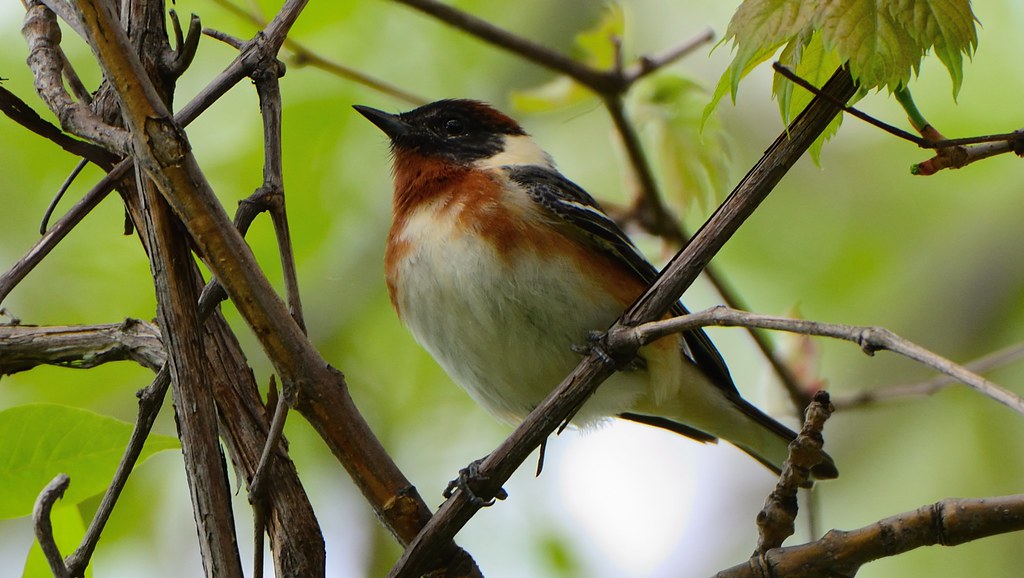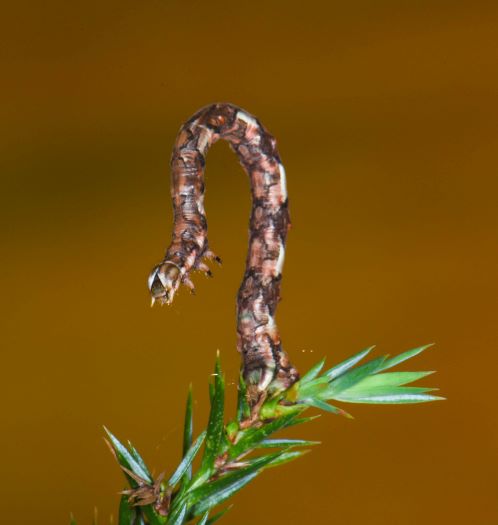
Now that Drs. Ziska and Aucott have educated us about the strong impact atmospheric CO2 can have on both plants and phytopagous insects, I have asked the experts whether these interactions have been incorporated in the models scientists are using to forecast pest activity in American forests as the climate changes.
The answer is no.

Dr. Bethany A. Bradley, Co-Director, Northeast Climate Adaptation Science Center at the University of Massachusetts, says empirical models of species range shifts typically only use climate and sometimes other environmental factors (like soils or topography) as predictors of potential geography. Inclusion of demographic processes like how plant growth is affected by more or less water, CO2, competition with other plants etc. would require a lot of data. It is currently impossible since there are tens of thousands of plant species interacting in the forests of eastern North America – and perhaps these factors have been analysed for only a hundred of them.
Mike Aucott points to the same difficulty: inclusion of CO2 in models of the future populations of specific plants would be difficult since the impacts vary from species to species and are compounded by other factors such as soil nitrogen levels, moisture levels, temperature, presence of competing plants, etc.
Regarding insects, Dr. Aucott thinks it is clear that some orders, such as Lepidoptera, don’t fare as well when feeding on plants grown under elevated CO2. He is not aware of efforts to model impacts of high CO2 on specific insects or even orders or feeding guilds.

Dr. Ziska concurs about the difficulties. Dr. Ziska asks why there is so little funding to study these issues, especially given their probable impact on human food supplies and health – as described in his blog and an opinion piece published in Scientific American two years ago.
I hope that scientists, decision-makers, readers of this blog … maybe even the media! – take into consideration these complexities, even if they cannot be defined.
Posted by Faith Campbell
We welcome comments that supplement or correct factual information, suggest new approaches, or promote thoughtful consideration. We post comments that disagree with us — but not those we judge to be not civil or inflammatory.
For a detailed discussion of the policies and practices that have allowed these pests to enter and spread – and that do not promote effective restoration strategies – [but do not address climate or CO2 aspects] review the Fading Forests report at http://treeimprovement.utk.edu/FadingForests.htm
or